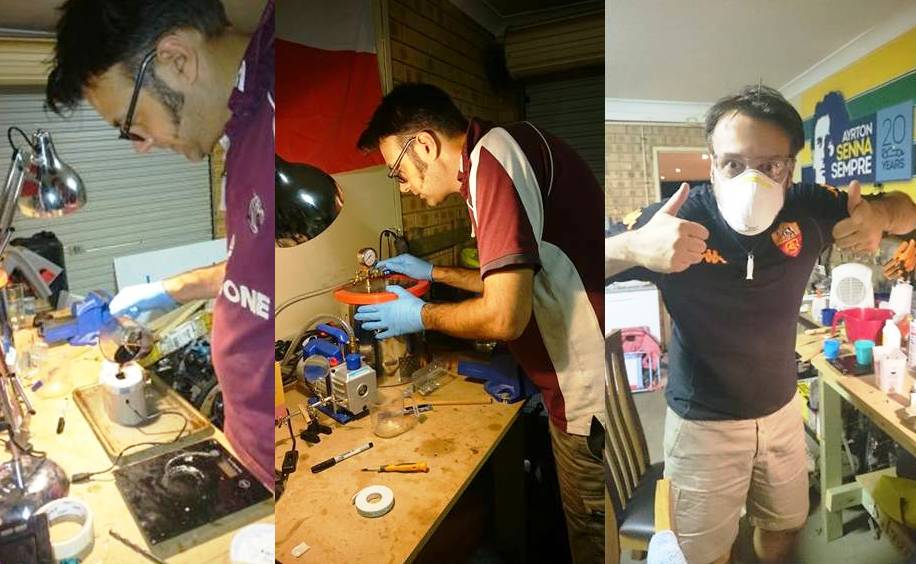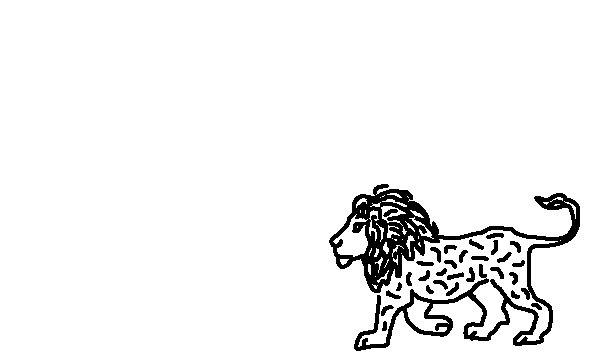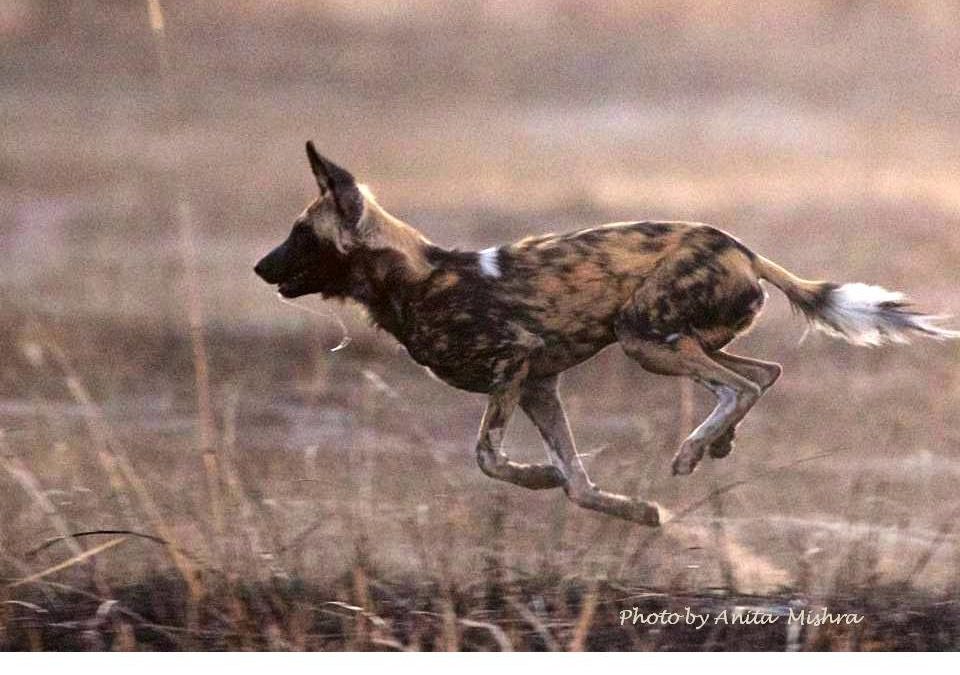One of the challenges we have in monitoring a population of endangered African wild dogs is the huge home ranges they cover. An average pack ranges over more than 750km2 in our area, where roads are few and far between. This can result in our searching for a pack for weeks or even months before we might have a glimpse or encounter a set of fresh tracks. Packs can literally disappear in this amount of time, and sometimes they do when they are poisoned or shot when ranging into a risky livestock area outside of the wildlife areas where they are protected. For effective research and conservation of this awesome endangered species, we simply have to do better at keeping track of them.
Satellite collars, which provide an exact location in near-real time, are one solution to keeping track of individuals. But these are often prohibitively expensive, especially when trying to make every donor funded dollar count. As with most such technologies however, the components within these devices are actually relatively inexpensive. This got us thinking; why don’t we build our own collars?

Let’s make our own.
Using a private donation to buy the components, and lots of excellent advice from Rob Appleby at Wild Spy, we spent many late nights designing,redesigning and eventually fabricating our own home built Satellite collars, and we are really happy to report that we recently deployed our first one on an African wild dog in our study population in Botswana! “Darius”, the dominant male in the AP pack, has been wearing the collar for six-weeks now, and so far it is working exactly as it should.
The collar sends three locations a day,allowing us to respond almost immediately to any risky movements they may make into livestock areas. Taronga zoo’s field grants program provides a crucial linkage here: through this program we have been able to employ a local “Community Coexistence Officer”, Olorato Antony. Antony’s role is to liaise directly with local farmers and government and to follow up on the wild dogs and other predators ranging occasionally into livestock areas. Our expanded team can now quickly mobilize and respond to particularly risky excursions, by informing local participating farmers to increase vigilance for predators in their area, and in the end, keeping both safe while reducing conflict, one of the most important drivers of predator species’ declines.
As we develop and continue to deploy these collars over the coming years, hopefully the field team will be able to worry less about where the wild dogs and lions are, and focus more on ways of keeping them alive and well.

Now, trial a home built on a member of our study population.

Some home built satellite collars. The tan coloured connecting pieces of cotton fabric constitute a built in ‘drop-off’: this material is meant to deteriorate over time and typically comes apart within 10-15 months, releasing the two ends of the nylon belting from the animal.

Written by
Neil Jordan, PHD


Dive straight into the feedback!Login below and you can start commenting using your own user instantly